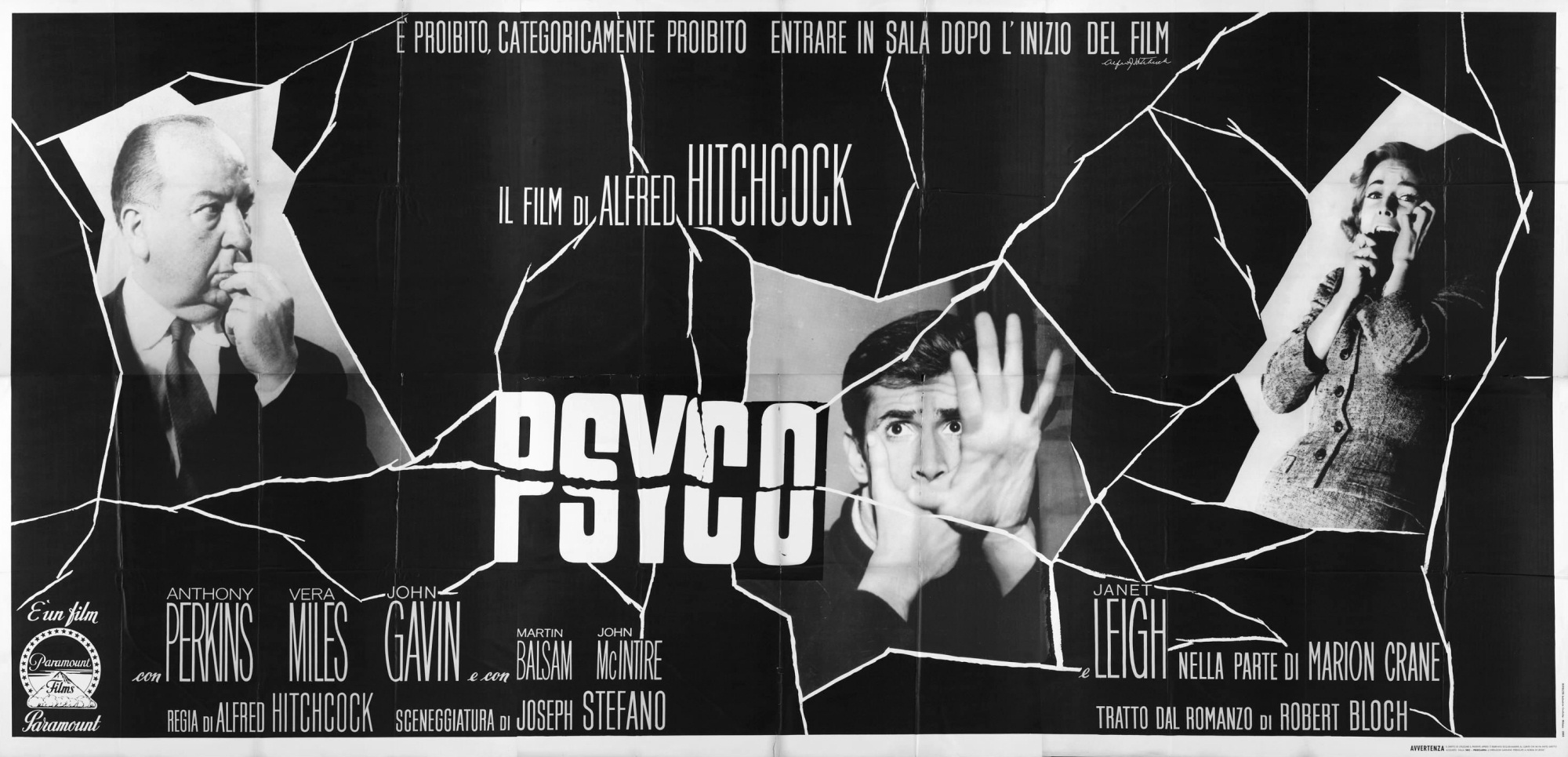Psycho (1960)

Psycho (1960) is often regarded as one of the greatest psychological horror films ever made, showcasing Alfred Hitchcock’s mastery of suspense and subversion of audience expectations. Below is a review highlighting its key aspects:
Plot:
The story initially follows Marion Crane (Janet Leigh), a secretary who impulsively steals $40,000 from her employer and flees town, hoping to start a new life. She ends up at the secluded Bates Motel, run by the awkward yet seemingly kind Norman Bates (Anthony Perkins). From there, the film takes a sharp turn when Marion becomes the victim of a gruesome murder, and the focus shifts to the investigation surrounding her disappearance. As secrets unravel, the film delivers a shocking twist that still leaves audiences stunned.
Key Strengths:
- Innovative Narrative Structure: Hitchcock defies traditional storytelling by killing off the supposed protagonist, Marion, halfway through the film, leaving the audience disoriented and more invested in the mystery. This unexpected turn was revolutionary for cinema at the time.
- Anthony Perkins as Norman Bates: Perkins’ portrayal of Norman is the heart of Psycho. His awkward demeanor, childlike innocence, and creeping menace created a character that is both sympathetic and deeply unsettling. His performance remains one of the most iconic in horror.

- Thematic Depth: Beneath the surface-level horror, Psycho explores deep themes of identity, repression, and mental illness. The film hints at Norman’s fractured psyche, his relationship with his domineering mother, and his inability to distinguish between reality and delusion. These themes resonated with audiences, making it more than just a slasher film.
- The Shower Scene: Perhaps the most famous sequence in cinematic history, the shower scene is a masterclass in editing and tension. Despite its lack of explicit violence, the use of quick cuts, Bernard Herrmann’s shrieking violins, and Janet Leigh’s screams create an unforgettable moment of terror.
- Score by Bernard Herrmann: Herrmann’s minimalist yet nerve-wracking score is essential to Psycho‘s tension. The sharp, stabbing string instruments used in the murder scenes mirror the violence on screen, becoming a sonic symbol of fear.

- Subversion of Expectations: Hitchcock intentionally misled audiences, both with marketing and with narrative structure. He insisted that no one be admitted into the theater after the movie began, ensuring that viewers would experience the shocks as intended. The twist ending, where Norman is revealed to be both himself and his mother, was a bold move that challenged perceptions of gender, identity, and sanity.
Criticisms:
While Psycho is generally revered, some viewers might find its pacing slower by modern standards. The film builds suspense deliberately, which may feel drawn out to those expecting faster cuts or more frequent scares typical of contemporary horror films.